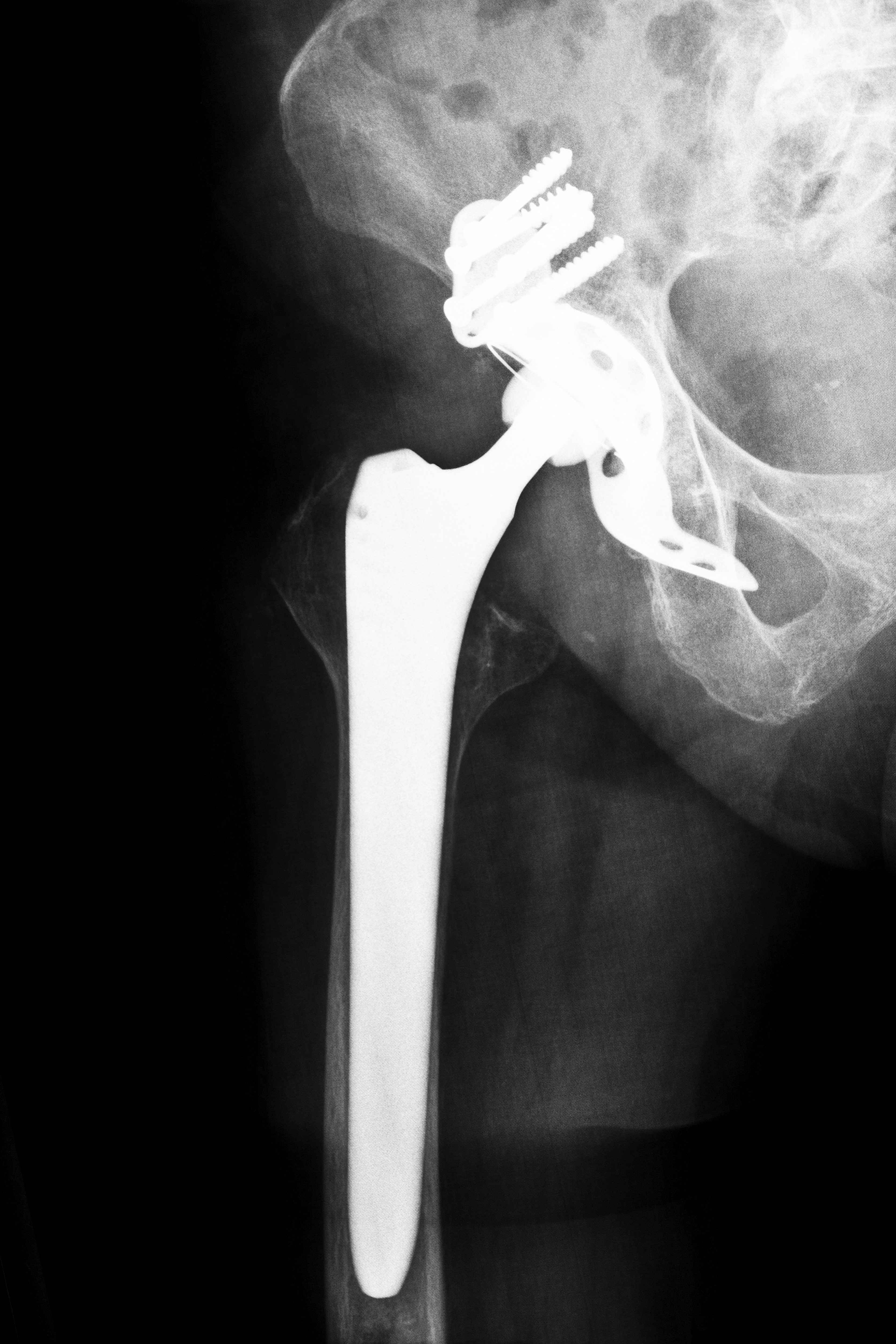Total joint replacement surgeries are a relatively new thing in modern medicine. During the past few decades, many metal-on-metal hip replacements in Alabama have given people back their lives by enabling pain-free movement. However, not all hip replacements have worked as they were designed to do, and some have even been harmful.
Metal-on-Metal Hip Replacements in Alabama

Metal-on-metal or MoM hip replacements were designed to be harder-wearing for younger and more athletic patients. The idea was that MoM devices could take more of a beating without breaking and would have a longer life before needing replacement. However, there have been several unexpected and potentially dangerous side effects associated with these devices.
The most common side effect associated with metal hip replacements in Alabama is something called metallosis. This occurs when the metal ions from the device rub off or corrode away and enter the bloodstream. It may result in local reactions that manifest as joint pain and swelling, or it may result in systemic reactions such as skin rashes or thyroid dysfunction.
MoM Devices as Carcinogens
The condition called metallosis is essentially heavy metal poisoning coming from the hip replacement implant. It is well known that certain metals are carcinogens, including some forms of the metal chromium, which is found in MoM hip replacements. One British study found worrying evidence that having a MoM hip replacement might be associated with a higher risk of certain cancers.
The 2012 study was published in the British Journal of Cancer and involved data from 71,990 patients living in Scotland. The results suggest that there is an overall increased risk as well as an increased risk of certain types of cancers for recipients of metal-on-metal hip replacements in Alabama. The cancers that were found most commonly were prostate cancer and multiple myeloma.
MoM Device Failure
Whether they are the cause of increased risk for certain cancers or not, MoM devices are falling out of favor. One of the main reasons is that the failure rate appears to be much higher than it was assumed to be when the devices were first granted approval. Compared to replacements made partially or totally out of ceramic, MoM devices were found to fail as much as three-and-a-half times as often.
FDA Stance on MoM Hip Replacements
Both British and U.S. authorities recommend that patients with MoM hip replacements follow-up with their surgeons every 1 to 2 years. Testing, including heavy metal testing of the blood, should be done for patients that are experiencing any symptoms of metallosis. Currently, there are no additional cancer screening recommendations for Alabama patients with MoM hip replacements. If you have been the recipient of such an implant and wish to know your rights, contact Attorney Group for Alabama today.






